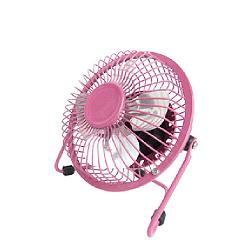Glad to see you back at it. So the shoulder has healed somewhat?
The motor baseplate is steel that you've fab'd up? I'm always more surprised I can weld to old mystery metal than not. So the idea is the motor goes in between the 4 angles and then you're going to use like a hose clamp around them to clamp the motor in place? Should work, might even act like cooling fins if you can somehow get some airflow in there.


 LinkBack URL
LinkBack URL About LinkBacks
About LinkBacks


 Reply With Quote
Reply With Quote


 ) and was taught by a rehab guy to use 5lb dumbbells and raise them slowly from the sides to horizontal then down again, then up at about 45º in front, down, then up straight out then down again...rinse repeat for about 10 or more reps...as much as you can stand...then rest them at least 2-3 hrs. Couple of times a day and works for me in a week or so to be back to the grind or bandsaw...in your case.
) and was taught by a rehab guy to use 5lb dumbbells and raise them slowly from the sides to horizontal then down again, then up at about 45º in front, down, then up straight out then down again...rinse repeat for about 10 or more reps...as much as you can stand...then rest them at least 2-3 hrs. Couple of times a day and works for me in a week or so to be back to the grind or bandsaw...in your case. 



Bookmarks